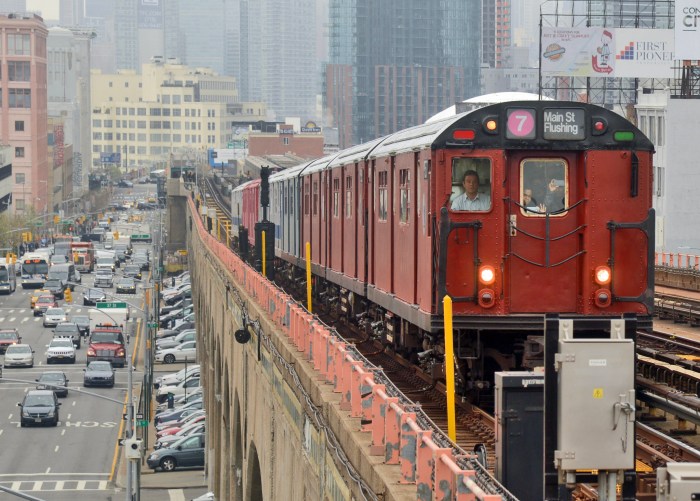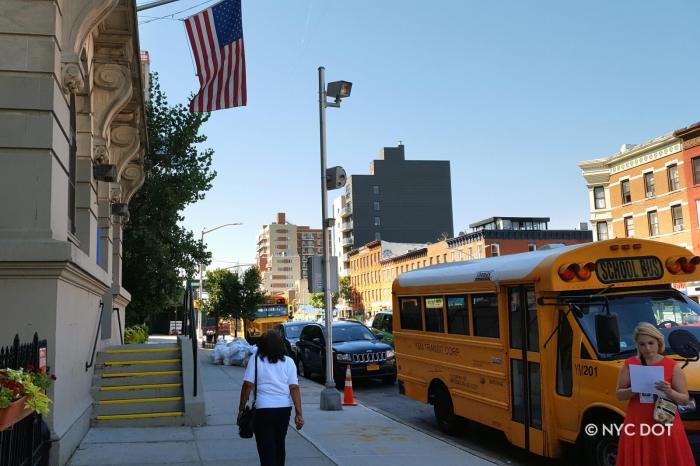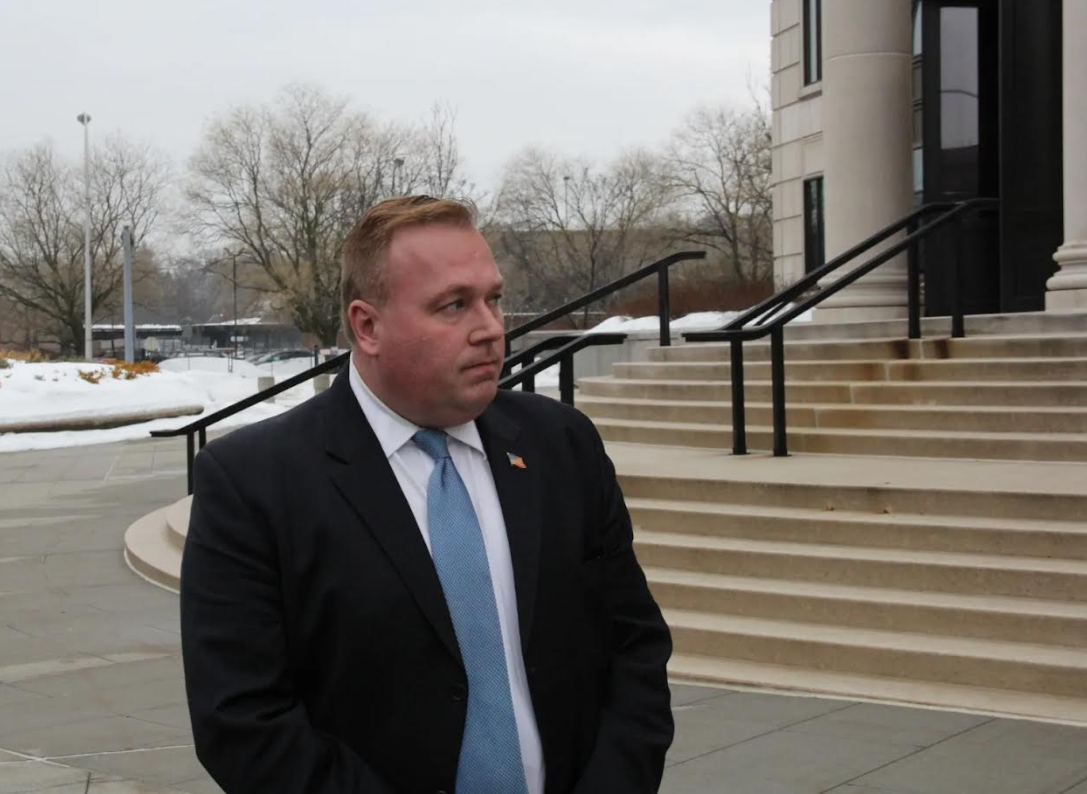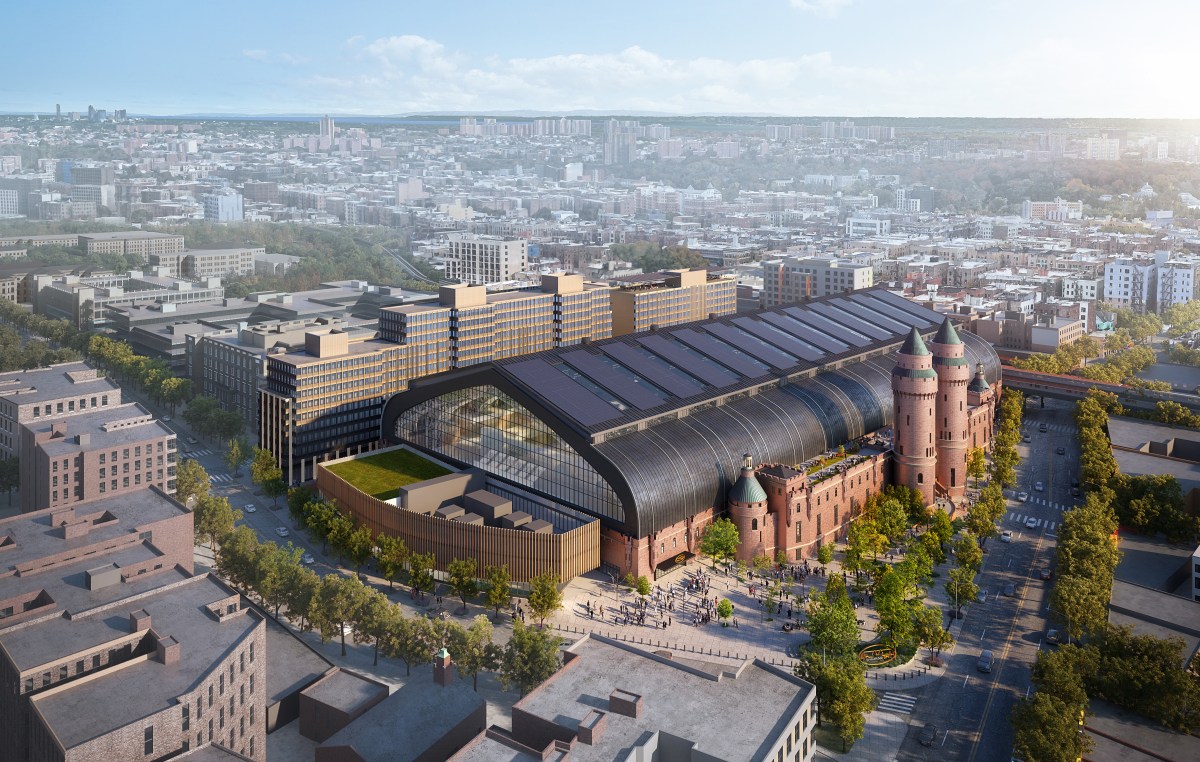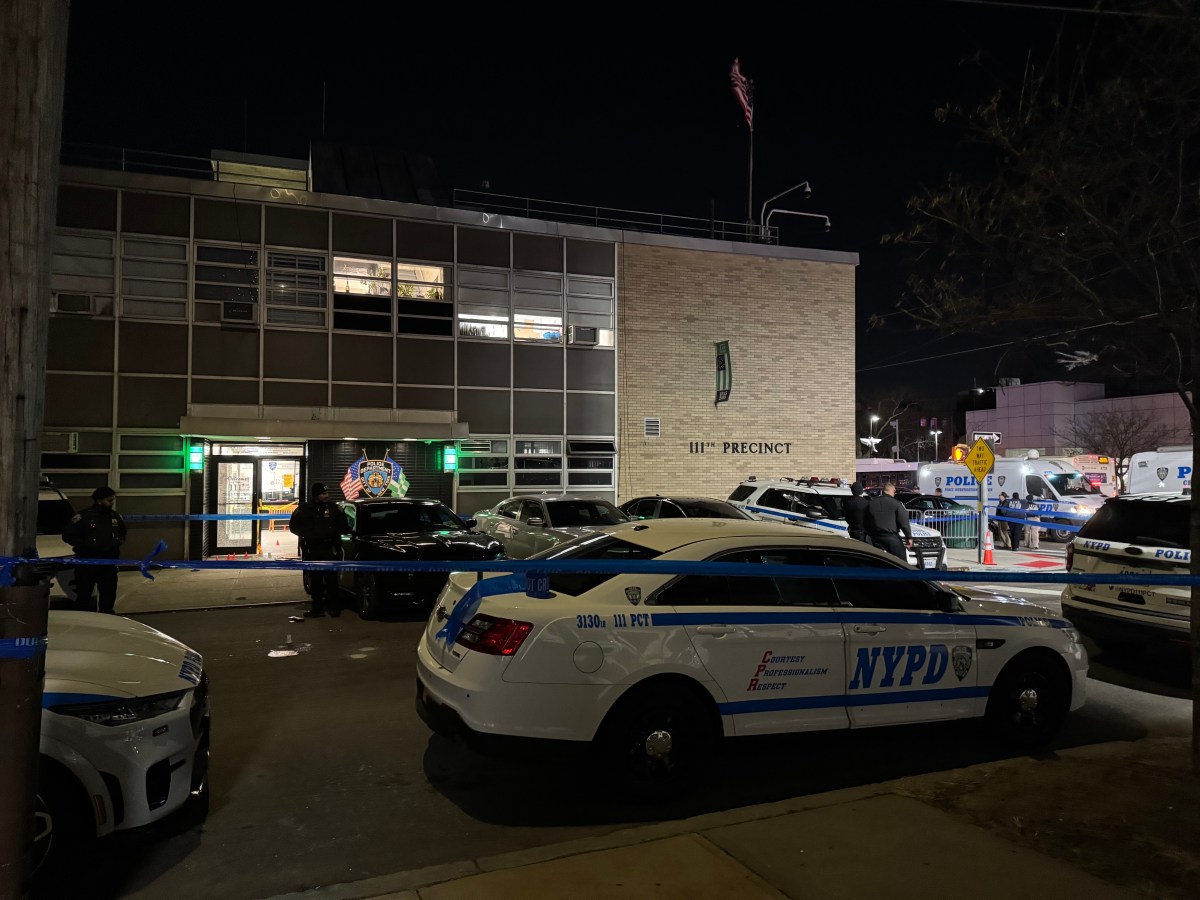
MTA Chairman Joseph Lhota evoked the agency’s 2009 doomsday cuts during a plea for new funding sources on Wednesday.
Without multiple new sources of revenue — perhaps through new taxes and a congestion pricing scheme — Lhota warned that the cash-strapped state-controlled MTA would have to enact service cuts and unplanned fare hikes to balance its budgets.
“I don’t want us to be in a position where our only options are service reductions and additional fare and toll increases. In fact, for the sake of millions of New Yorkers and our entire economy, those are the last things we . . . want to do,” Lhota said at an MTA board meeting Wednesday. “But unless we get a sustainable new source of revenue, we have no other options to balance our budget after 2019.”
The MTA is already planning to increase fares and tolls next year — the board will vote on the measure in December. But “significant” budget gaps in 2020, 2021 and 2022 could mean more and steeper hikes, coupled with service cuts resembling those from a decade ago when subway and bus service was slashed and some bus routes eliminated entirely.

Lhota’s comments heightened the already sounding alarm. The MTA has for months warned of budget gaps, and State Comptroller Thomas DiNapoli recently released a damning financial report that found the agency could be facing an operating budget gap of $634 million in 2022.
The fiscal crisis runs parallel to a service crisis at the MTA, which has struggled to deliver timely bus, subway and railroad service across the region. Transit ridership has begun to drop steeply as commuters flee unreliable service for the booming ride-hailing industry, according to the MTA, which has only contributed to the financial hardships.
Lhota said the MTA has instituted a hiring freeze for nonessential employees. The authority is also planning fewer train car cleanings and a reduction in night staff at select stations. It’s looking to close eight full-time and four part-time subway booths; extend bus maintenance schedules; reduce manual track inspections from twice to once a week, while increasing video track inspections; postpone new Select Bus Service routes until 2021; eliminate elevator operators at its 191st Street subway station; and reduce overnight Staten Island bus service.
Transit advocates have pushed hard for the state to implement a congestion pricing plan resembling the proposal from Gov. Andrew Cuomo’s Fix NYC panel. The panel last year recommended a plan to charge drivers entering Manhattan below 60th Street that could at most raise $1.5 billion each year.
But that plan alone “will not be enough” to remedy the MTA’s financial straits, Lhota said. He didn’t offer any thoughts on what other mechanisms could be put in place, reasoning that he’s waiting first for funding recommendations from the newly formed Metropolitan Transportation Sustainability Advisory work group. The group is expected to deliver its recommendations by the end of the year.
Cuomo’s office did not immediately return a request for comment.





